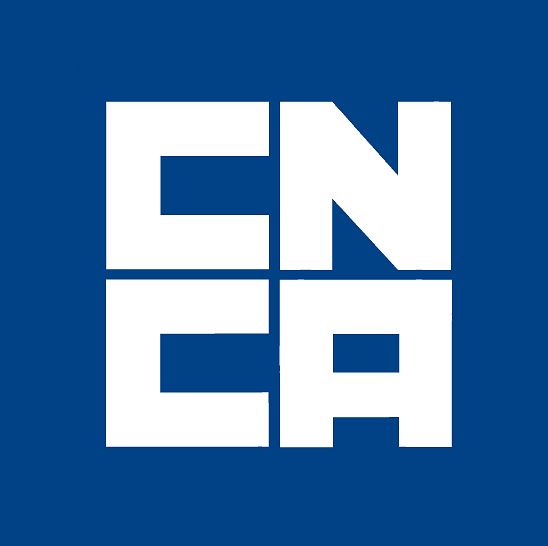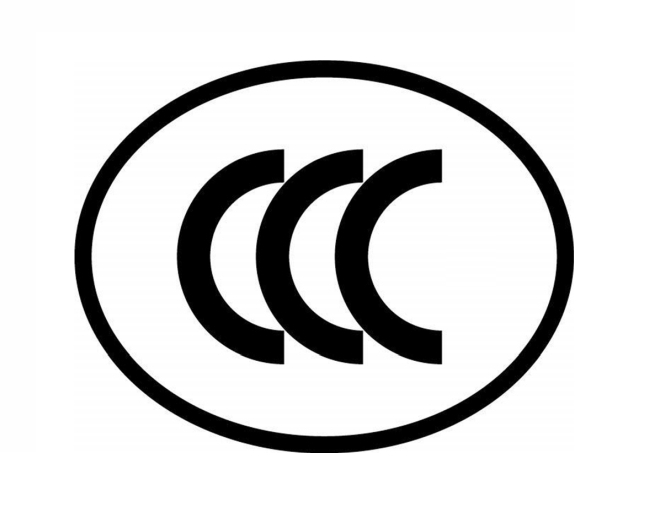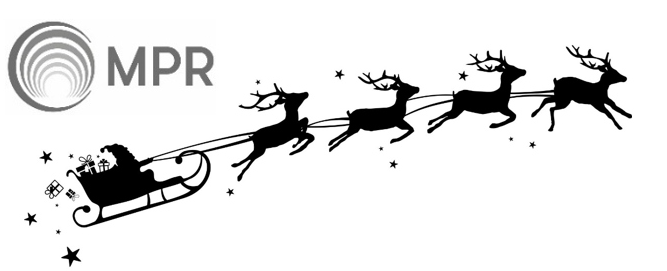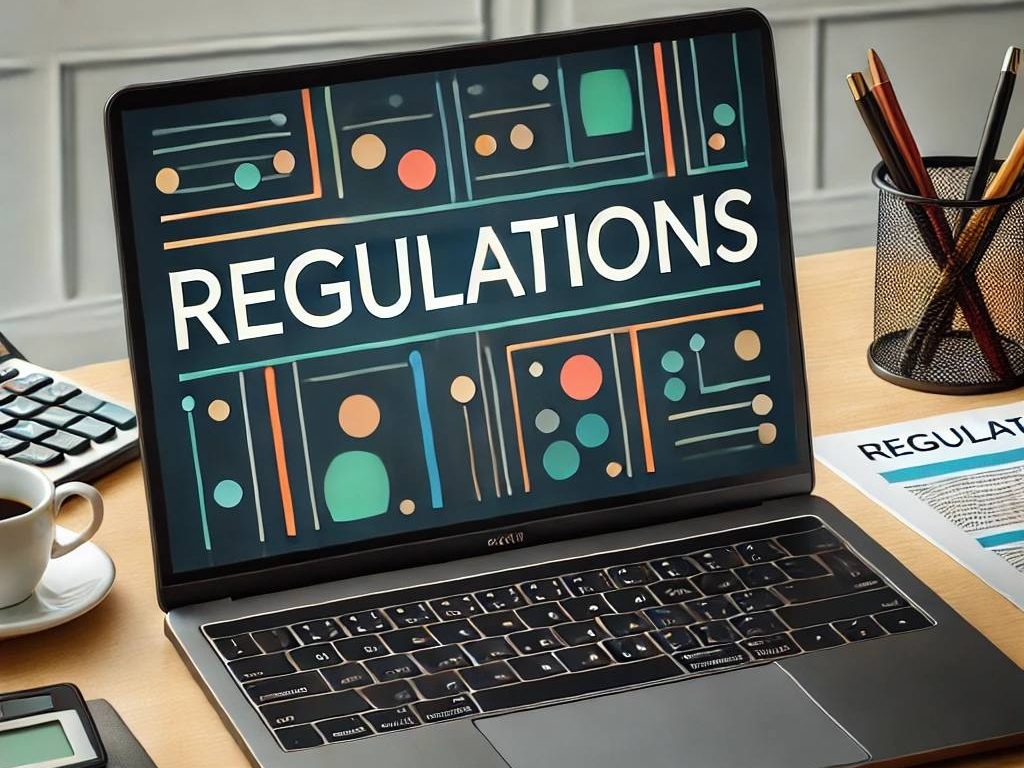CFDA: Amendments in the official “Regulations for the Supervision and Administration of Medical Devices”
5. March 2014The sale and/or use of some medical products and medical devices in China require prior testing and approval from the China Food and Drug Administration (CFDA, Chinese: 国 家 食 品 药 品 监 督 管 理 总 局 ). If used in a doctor’s office or hospital they need to be certified by CFDA and registered in the official CFDA database. The regulatory system for registration of medical devices is based on the Provisions of the Chinese State Council and on the Normative CFDA Documents, which contain detailed rules for medical device registration and licensing. The Regulations for the Supervision and Administration of Medical Devices (Chinese: 医疗器械监督管理条例(修订草案)) from April 1, 2000 also belong to this regulatory framework.
Recently, there have been changes made in regards to these regulations.
According to an official CFDA announcement from February 13, 2014 (Chinese version), respectively February 17, 2014 (English version), the draft of the revised version is composed of 80 articles in eight chapters.
One of the key amendment changes can be found at the very beginning, of chapter one: “General Provisions”. Both the definition of medical devices and the classification criteria (regarding to the three risk classes I-III) have been modified. These changes are very important for manufacturers who currently have CFDA certification and for those who are planning to do so, since the definition changes may affect the need for certification. Devices or products that once needed certification may no longer need it, whereas devices or products that previously did not need certification my now need it.
Adaption of the classification criteria might also have a deep impact for applicants of CFDA certification. Up to this point, the criteria were based on the European Council Directive 93/42/EEC. For each product class (I-III) the CFDA requires specific administrative procedures, product tests and/or clinical trials. Class I devices may only be required to pass relatively simple administrative and approval procedures to seek authorization for Chinese market, while class II and III devices need product testing and possible clinical trials. Due to the upcoming adjustments required approval procedures may change in the future. Depending on how the device or product is reclassified the severity of the tests may either increase or decrease, possibly pushing a device into clinical trials where it previously only needed simple lab tests, or vice versa.
Besides the amendments mentioned above, new restrictions and provisions have been defined in the course of changing the regulations. The modifications affect the following areas:
- Quality supervision and risk control during production process of medical devices
- Adverse event monitoring, retracing and recall of medical devices
- Application for licenses and permissions for distribution of medical devices in China
- Punishments and fines for illegal activities
The draft amendment to the Regulations for the Supervision and Administration of Medical Devices was adopted in an executive meeting of the Chinese State Council on February 12, 2014.
Until now, the updated regulations have neither been promulgated nor officially implemented, however the CFDA has announced that they will be enforced in the near future.











